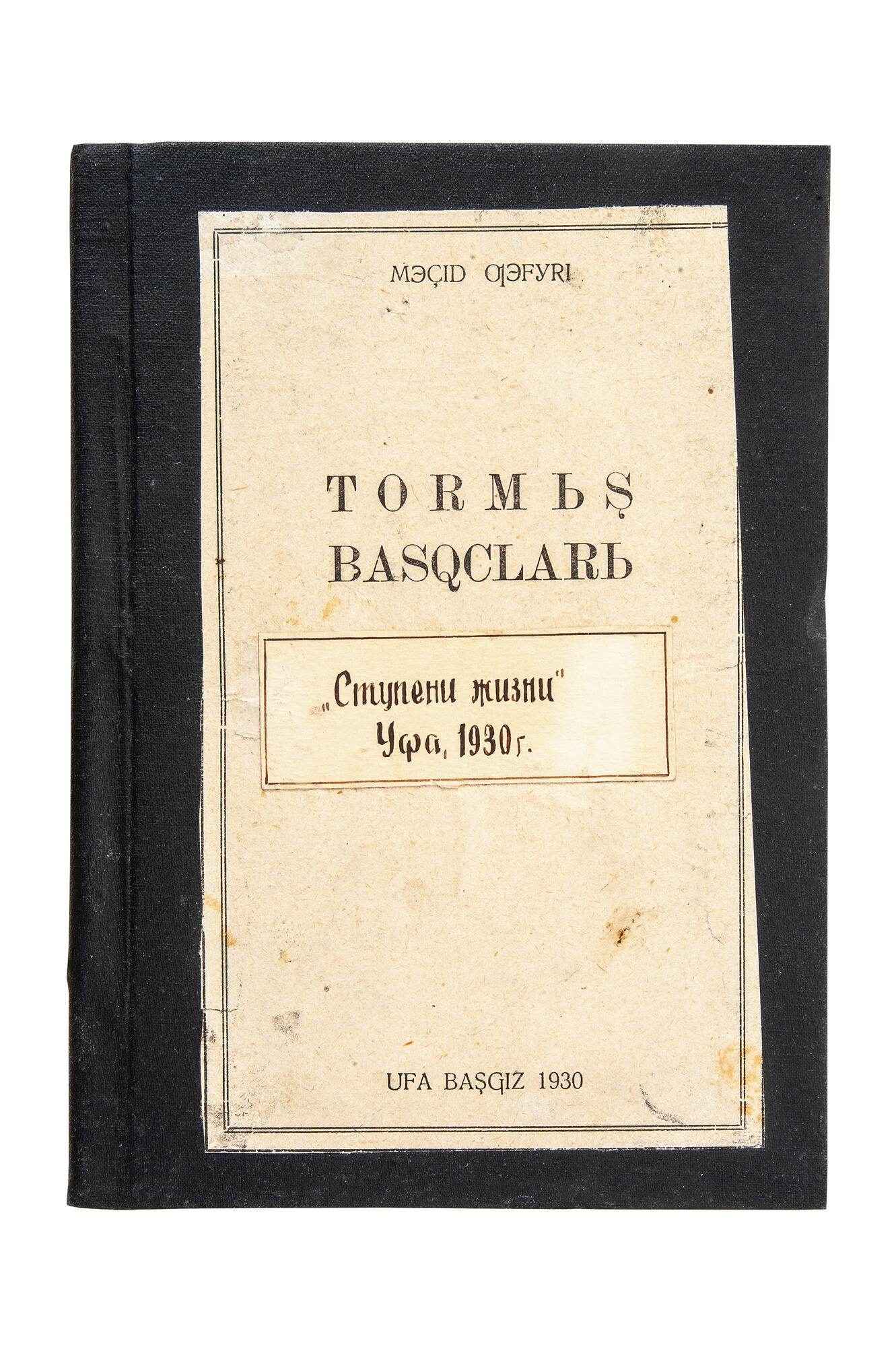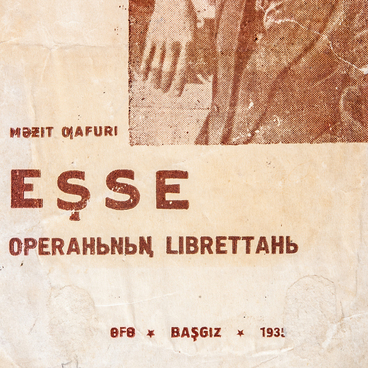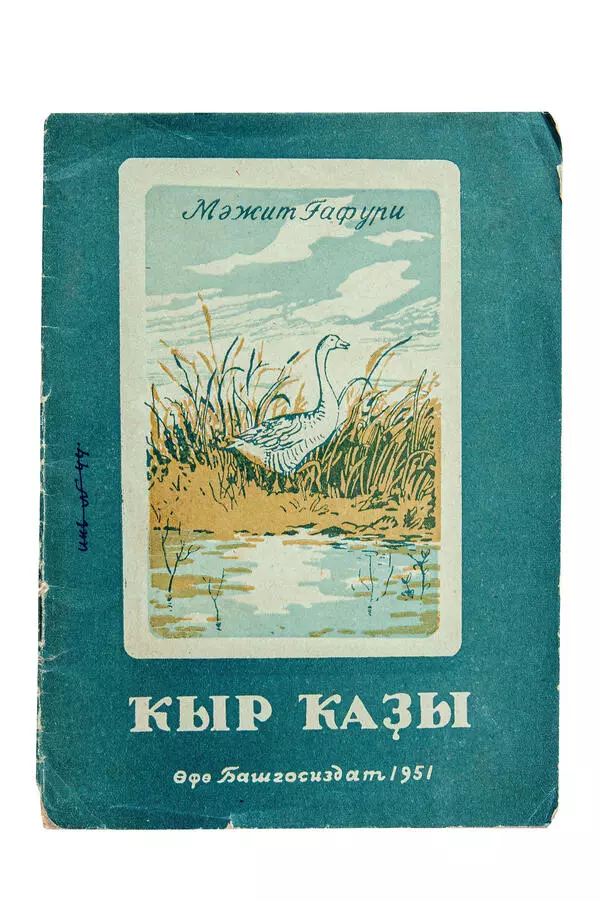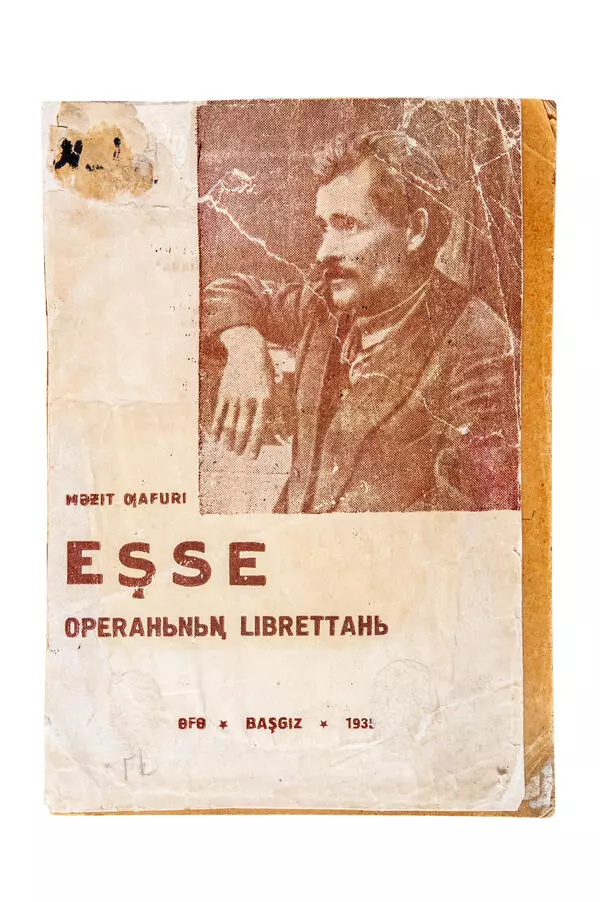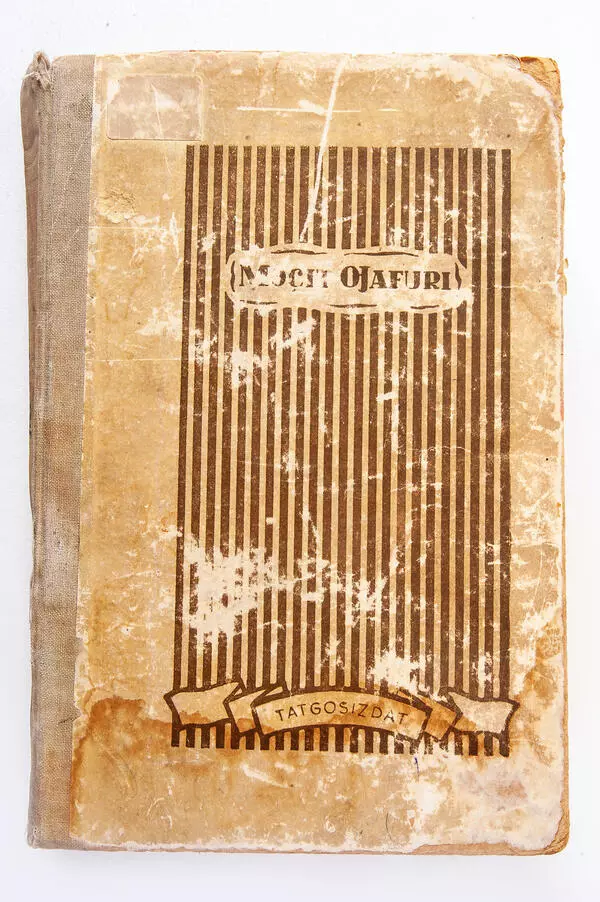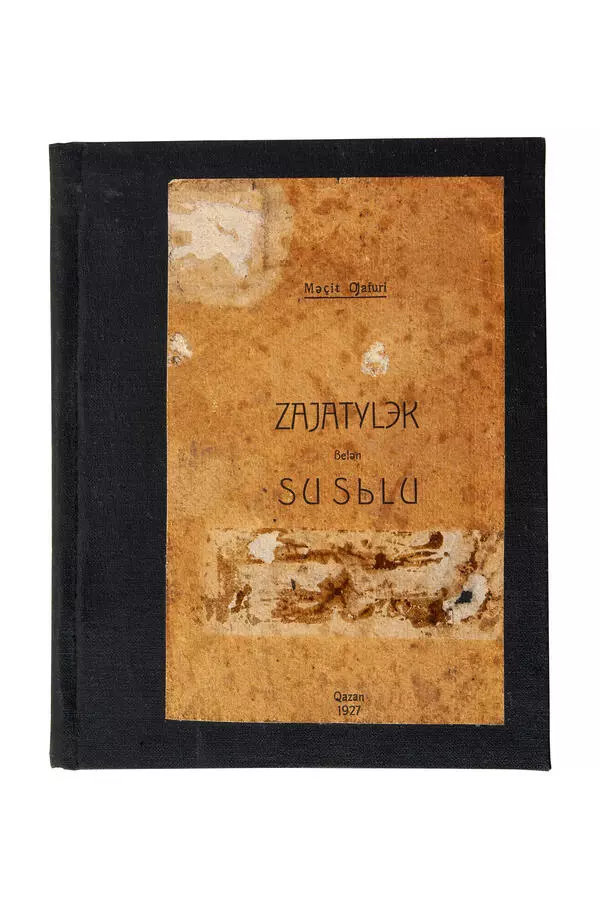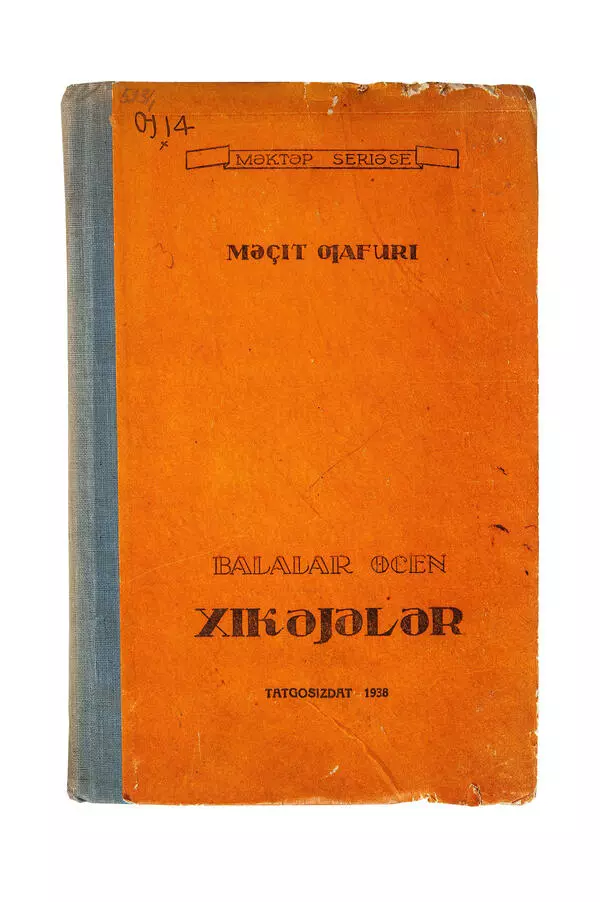In his works Majit Gafuri always strove to tell about the life of people who faced injustice or resisted the outdated social order. He protested against the deprivation of women’s rights, spoke about the fate of the poor, who came from a peasant environment, admired the working class — the main hero of the new Soviet literature. Gafuri’s first long poem ‘Siberian railroad’ was devoted to the problem of Muslim society that was bogged down in the vestiges of the past and not capable of supporting changes in the country. The poet from an early age was forced to earn his own living and study — and thanks to this he learned a lot about the life of the people about whom he wrote.
In the second half of the 1920s and early 1930s Majit Gafuri created his most famous novels — ‘Black-faced’ (1926) and ‘The Steps of Life’ (1928). These novels became the most important ones in Bashkir prose of the Soviet period. Many authors later used them as a reference point and took them as an example of national literature.
In these texts Gafuri appears as a realist writer. In the story ‘The Steps of Life’ the narration from beginning to end is in the first person, on behalf of the narrator, behind whom it is easy to identify the personality of the author. The main theme of the work — the birth of class consciousness in the former peasant boy. The hero, a soldier in the tsarist army, who is gradually disappointed in the existing order and becomes a revolutionary. Gafuri describes in detail how he goes through all ‘stages of life’: studying in a madrasa, service in the tsarist army, participation in the soldiers' uprisings, the February Revolution, the October coup, and finally, active participation in the civil war as a red commander.
An interesting image in the story is that of a former village teacher-educator who fights against religious oppression and becomes People’s Commissar of Education after the revolution and the civil war. This image was very close to Majit Gafuri. He believed that religious figures should not oppose social progress.
In the second half of the 1920s and early 1930s Majit Gafuri created his most famous novels — ‘Black-faced’ (1926) and ‘The Steps of Life’ (1928). These novels became the most important ones in Bashkir prose of the Soviet period. Many authors later used them as a reference point and took them as an example of national literature.
In these texts Gafuri appears as a realist writer. In the story ‘The Steps of Life’ the narration from beginning to end is in the first person, on behalf of the narrator, behind whom it is easy to identify the personality of the author. The main theme of the work — the birth of class consciousness in the former peasant boy. The hero, a soldier in the tsarist army, who is gradually disappointed in the existing order and becomes a revolutionary. Gafuri describes in detail how he goes through all ‘stages of life’: studying in a madrasa, service in the tsarist army, participation in the soldiers' uprisings, the February Revolution, the October coup, and finally, active participation in the civil war as a red commander.
An interesting image in the story is that of a former village teacher-educator who fights against religious oppression and becomes People’s Commissar of Education after the revolution and the civil war. This image was very close to Majit Gafuri. He believed that religious figures should not oppose social progress.
